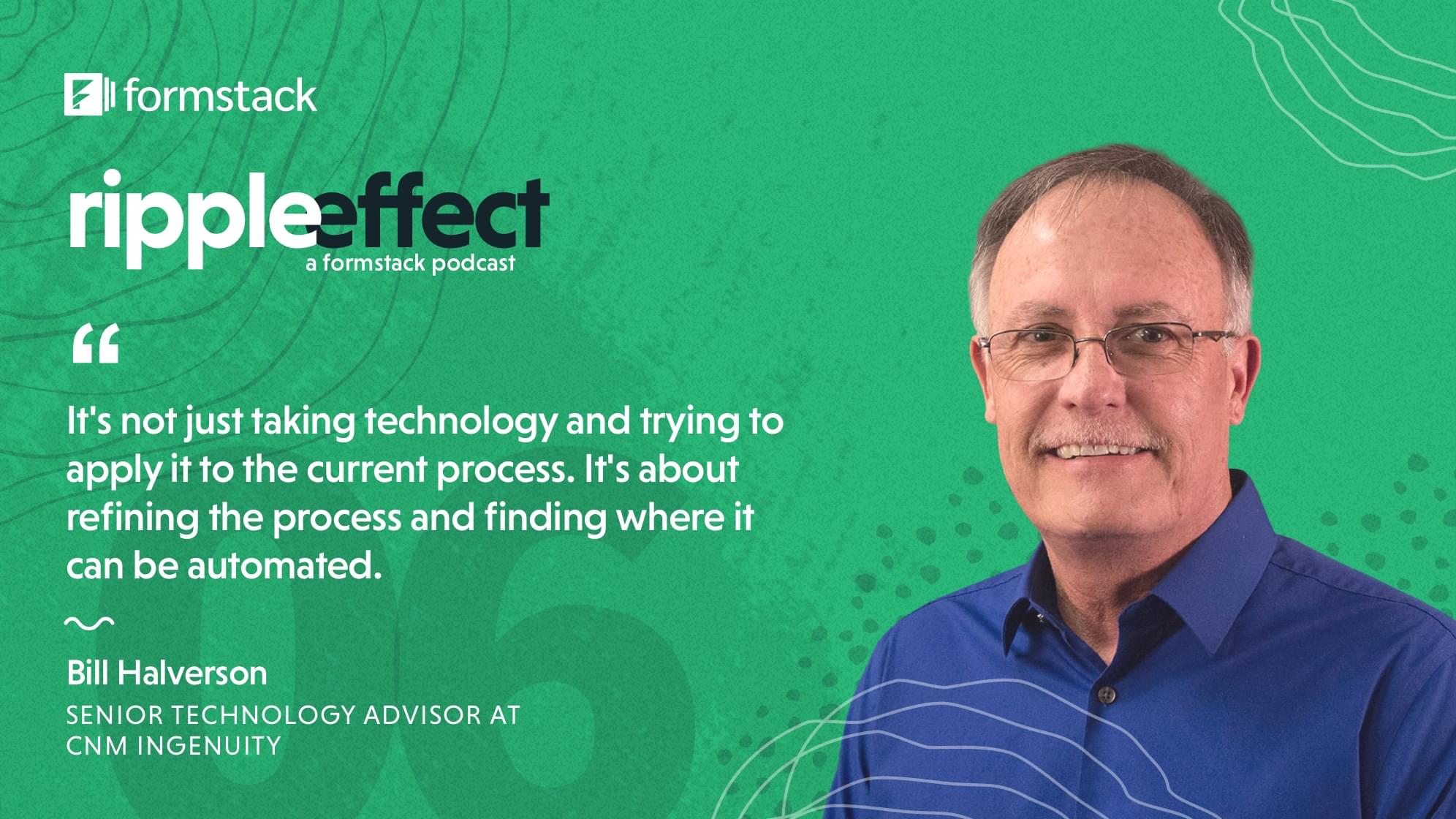How many times have you been in the zone, getting work done, only to be derailed by an inefficient process?
No matter the workplace woe—paperwork, manual data entry, a poor workflow process—we’ve all been in a situation where a process has broken. It’s frustrating, especially if you can’t seem to find a solution.
When you’ve hit a process roadblock and know it’s time to change, try turning to design thinking.
What is design thinking?
Design thinking is a unique process for solving problems and creating better experiences. It’s based on the idea that when the possibilities are endless and barriers are removed, innovative solutions emerge.
The design thinking concept was brought into the mainstream by Tim Brown and David Kelley, who championed the methodology through their design company IDEO. The entire idea behind design thinking was to approach the design of processes the same way you would approach the design of a product.
How does design thinking work?
At its core, design thinking is based around a human-centric approach to creating better processes, products, services, and strategies. Consider it a way to increase productivity by implementing smarter solutions to everyday problems.
In a recent episode of Formstack’s Ripple Effect podcast, Bill Halverson gave a good explanation of how design thinking helps his team at CNM Ingenuity develop complex workflow processes.
“We think about what our process looks like right now and what it needs to look like to better align and be more efficient. It’s not just about taking technology and trying to apply it to the current process. It’s about refining the process and really finding those areas where it can be automated.”

The names of each step in the design thinking process vary across organizations, but the general outline of the process is to understand, explore, and materialize. Here’s a more in-depth explanation of the design thinking process:
1. Perform thorough research.
It’s very important to infuse empathy into this step of the process to identify exactly what pain points people are facing. Look at the issue from all sides and include all stakeholders in the research phase.
2. Define the problem.
Once you’ve compiled enough research, you can identify the true problem and its root cause.
3. Develop ideas.
Remove all barriers, stipulations, and restrictions during this phase. Ideas need to be creative and out-of-the box to ensure you’re identifying new and innovative ways to solve the problem.
4. Prototype and test.
Once you’ve narrowed down your ideas to ones that can be realistically accomplished, it’s time to create prototypes and test the ideas out. Choose 2-3 options and include all stakeholders in this phase.
5. Identify the best solution and implement.
After testing, compiling feedback, and tracking results, decide on the best solution and implement.
To get a thorough breakdown of each step in design thinking, check out the article Design thinking, explained by MIT.
Why use this process?
If you’re tired of inefficient, slow, or fragmented workflow processes, design thinking can provide a way to discover new solutions. Improving productivity through technology is easier when you’re able to review and refine your process first.
As stated in an article published by the Harvard Business Review, “by supplying a structure to the innovation process, design thinking helps innovators collaborate and agree on what is essential to the outcome at every phase.”
In essence, design thinking is a way to solve problems through fresh perspectives. When your entire team is on the same page, it’s easier to implement process improvements and encourage change.
Want to learn more about design thinking? Listen to the Ripple Effect podcast episode Design Thinking for the Next Industrial Revolution to hear how CNM Ingenuity uses design thinking to power process improvements at their organization.











